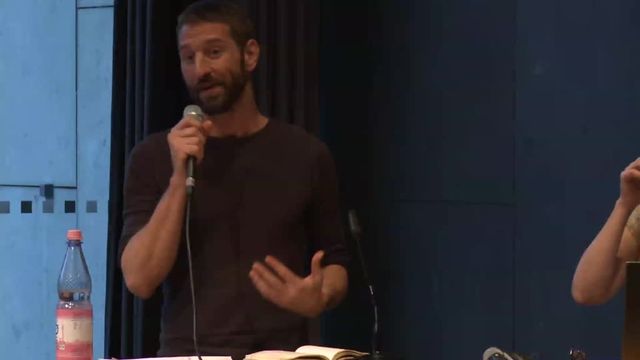Scale

Statements by Emily Scott (History and Theory of Architecture, ETH Zurich), Elena Bougleux (Anthropology and Epistemology of Complexity, University of Bergamo), Tadzio Müller (Rosa Luxemburg Foundation, Berlin). Discussion moderated by Roman Brinzanik.
One of the central challenges posed by the Anthropocene is to sensitize, understand, and bridge the multiple spatiotemporal scales involved when speaking about the Earth system. From macro- to meso- and micro-, scale is a notion that goes beyond measurement alone, but also addresses the sensitivities involved in perceiving, communicating, and capturing size, scope, and duration. Space and time seem to curve anyway, creating a contradiction between what we generally understand as “near” and “far”, “slow” and “fast”. As tends to be the case in the compartmentalization of knowledge, different scales are handled by different disciplines. The scales used by particle physicists differ from those of historians, naturally. However, the emergent issues that matter most within the Anthropocene – from the evolution of anthropogenic landscapes, the path-dependencies created by energy systems, or the operative frameworks of geo-politics – usually traverse incongruently convergent scales in space and time.
Human activities and their impacts are no longer scaled to the measure of the human. The growth and shrinking of economies, cities, and populations has intense environmental, indeed geological, ramifications. Scaling the scales appears, then, as a hotly-contested political arena for the composition of adequate knowledge-forms. With what mindset, if not combinatory devices, can we address, interpret, and act within multiscalar dimensions (-> Model.

